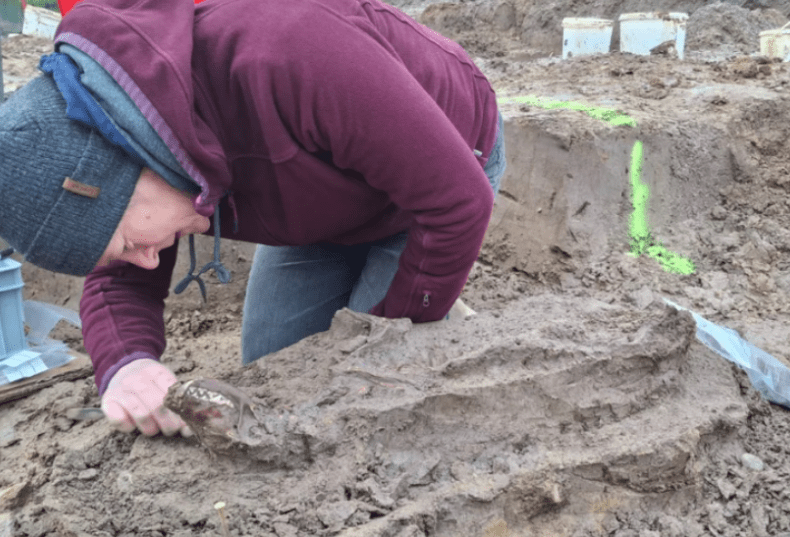
Remarkably Preserved Roman Dog Skeleton Found in Belgium
Archaeologists have discovered a well-preserved Roman dog skeleton beneath a stone foundation in Velzeke, near Zottegem (East Flanders). Over 700 traces dating from the 1st to 3rd centuries AD were found in the 1,000 square meter area. The dog unearthed during the excavation is reported to be unique and is being examined by the Museum of Natural Sciences in Brussels.
“The discovery of the Roman dog is remarkable for two reasons,” says Arne Verbrugge, an archaeologist from SOLVA. “We rarely find well-preserved bones from the Roman period. In our regions, many of them have become extinct, but this dog is exceptionally well-preserved because it was buried under a stone foundation.”
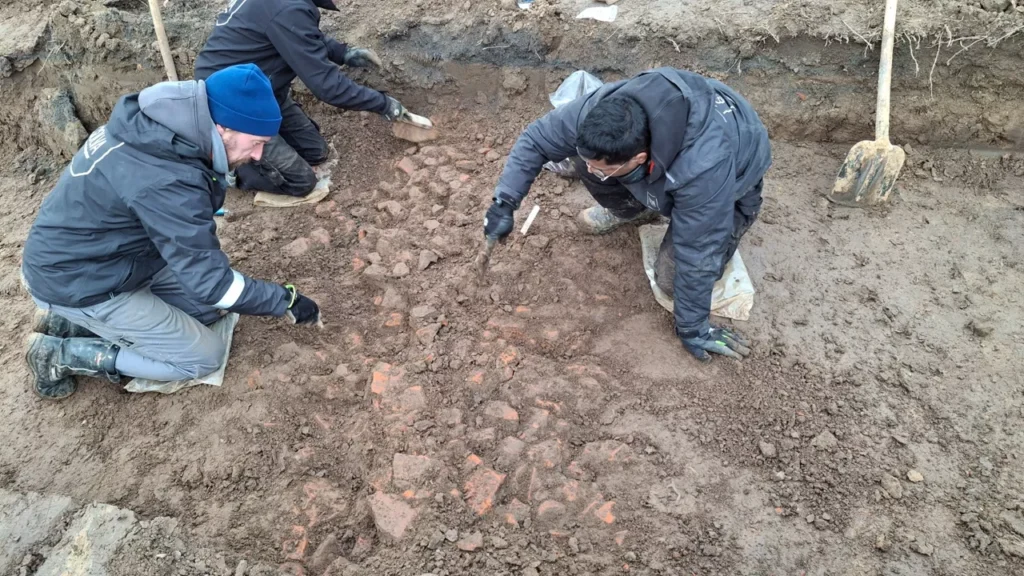
“Another interesting aspect is its connection to a building. The dog was buried under a significant structure, and we should probably consider it a kind of building sacrifice.”
“We know from historical sources that dogs sometimes played a role in certain religious or ritual practices. They were intended to provide a kind of purification or cleansing, for example, during the construction of a new building or in certain healing rituals.”
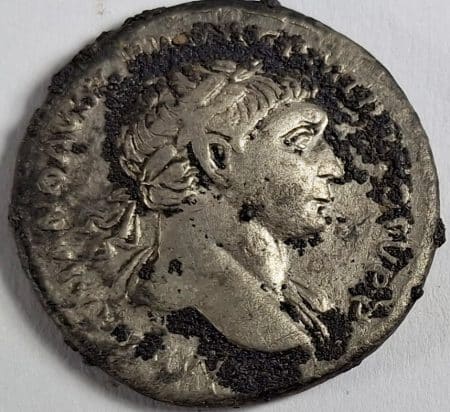
Archaeologists conducted investigations in an area of approximately 1,000 square meters. Here, they found more than 700 traces from the 1st and 3rd centuries AD. “But this is not so unusual. Previous excavations had shown that this was a very densely populated area.”
It is no longer a secret that Romans lived in Velzeke. There is a museum here, and ‘Caesarfeesten’ are held every 25 years, where re-enactments have been performed since 1873.
“Excavations had been carried out for decades, but now we conducted a new excavation at the southern end of the settlement. We found the remains of craft activities such as wells and toilets. We also discovered an area probably used for ritual or religious practices.”
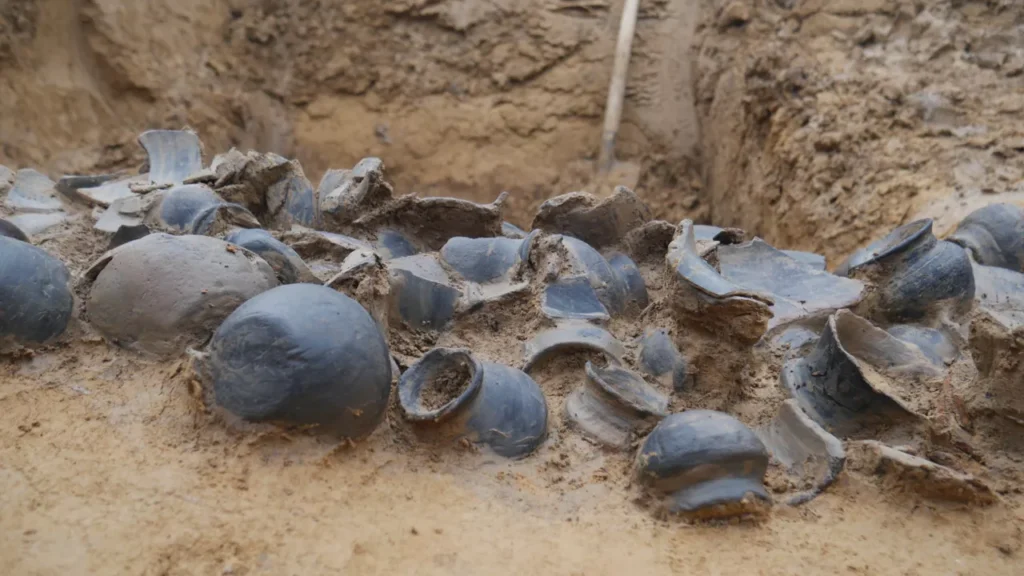
The unique find, the Roman dog, is first being cleaned. It will then be examined by an expert from the Brussels Museum of Natural Sciences.
It is not possible to tell what breed the dog is. “Breeds in the modern sense did not exist in the Roman period. This only emerged in the 18th or 19th century,” says Verbrugge.
Cover Photo: SOLVA
You may also like
- A 1700-year-old statue of Pan unearthed during the excavations at Polyeuktos in İstanbul
- The granary was found in the ancient city of Sebaste, founded by the first Roman emperor Augustus
- Donalar Kale Kapı Rock Tomb or Donalar Rock Tomb
- Theater emerges as works continue in ancient city of Perinthos
- Urartian King Argishti’s bronze shield revealed the name of an unknown country
- The religious center of Lycia, the ancient city of Letoon
- Who were the Luwians?
- A new study brings a fresh perspective on the Anatolian origin of the Indo-European languages
- Perhaps the oldest thermal treatment center in the world, which has been in continuous use for 2000 years -Basilica Therma Roman Bath or King’s Daughter-
- The largest synagogue of the ancient world, located in the ancient city of Sardis, is being restored

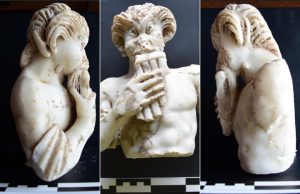
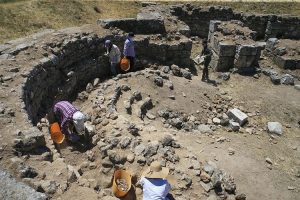
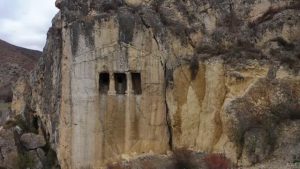
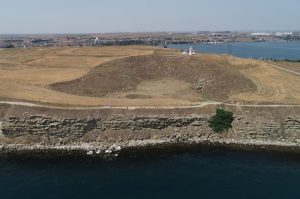


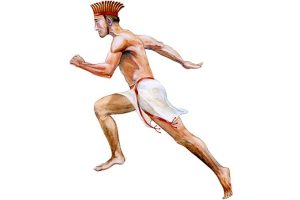

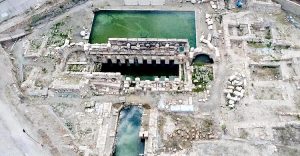
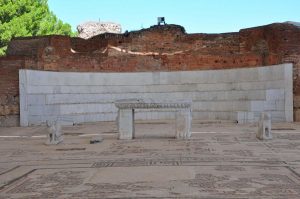
Leave a Reply